Golf Cart GPS Systems: 5 Data Sets To Improve Your Course’s Pace and Flow Of Play
The data from golf cart GPS systems plays an increasingly important role in modern on-course management. As the use of technology becomes more commonplace, courses are gaining a better understanding of their operations. However, if the technology these courses use isn’t gathering and storing data, and then analyzing that data to unlock new insights, a huge opportunity is being missed for continuous improvement.
Pat Gelsinger, the CEO of Intel, put it well when he said, “Data is the new science. Big Data holds the answers.”
With comprehensive data sets, such as the ability to track and measure how pace and flow of play vary depending on the time of the day and day of the week, you’ll be able to predict trends and guide better decision-making.
According to NGCOA research, 76% of owners rank pace of play as a very important player experience factor. A USGA survey found that a similar number of players (74%) believe pace of play is critical to the enjoyment of their rounds.
Below, we’ll take a closer look at 5 data sets, gathered by golf cart GPS systems, that will help your course function optimally, providing your players with the best possible experience.

We are using the data to formulate pace of play policies, but none of these conversations would take place if we didn’t have so much vital data. It’s absolutely crucial in that regard.




For continuous improvement, we need to have data. From a pace of play standpoint, that’s where Tagmarshal really helps us out with the ability to track and manage, based on real-time and historical data.



1. Golf Cart GPS Systems Data: Average Round Time
Using golf cart GPS systems to ensure you have regular, consistent data on your course’s pace and flow of play is a crucial component of managing the player experience.
However, with so many variables in play that affect how golfers move around your course, having just your average round time means you are missing out on opportunities to gain a deeper understanding of how your course really operates.
When you have data that breaks down average round times by times of the day, days of the week and other variables, you can then identify times that play quicker and slower.
When your course plays quicker, there may be an opportunity to optimize your tee sheet by adding additional tee times.
Conversely, during periods when your course plays slower, you can allocate additional staff resources to facilitate a better pace and flow of play.
Once you understand and can pinpoint these differences in pace, you can set variable goal times via the Analytics Hub. Many courses set a quicker goal time for early morning tee times, and then adjust it upwards as the course gets busier.

We have continued to get faster year after year using Tagmashal, and can pinpoint exact days and times of the day when the course plays quickest.




Tagmarshal allows us to see the pace trends and gives us awesome data points to see who is being delayed and who is a delayer, and we will use that information to manage course flow.



2. Hole Times and golf cart GPS systems
For a really granular understanding of course flow, golf cart GPS systems can provide data on precisely how much time players spend at each hole.
Based on this information, you can identify opportunities to tweak and optimize hole setups, to facilitate consistent course flow and prevent bottlenecks.
Once you understand which of your holes play harder, you can consider ways to speed up play, such as easier pin placement. In addition, you may offer tips and insights to players on how to navigate these holes.
An important factor, which is often overlooked at courses, is how long groups spend waiting on the tee box, before they actually play a shot.
This is consistently cited as a major source of frustration for golfers, so to have this data available as part of the time it takes to play each hole is crucial.
The same is true for how much time each group spends at the halfway house. In Tagmarshal’s Analytics Hub, this data is automatically tracked and stored so you can gauge whether processes need to be put in place to reduce your turn time.

I love the hole-by-hole data, which we use to adjust and tweak expectations to make sure that we are setting realistic pace targets for each hole.


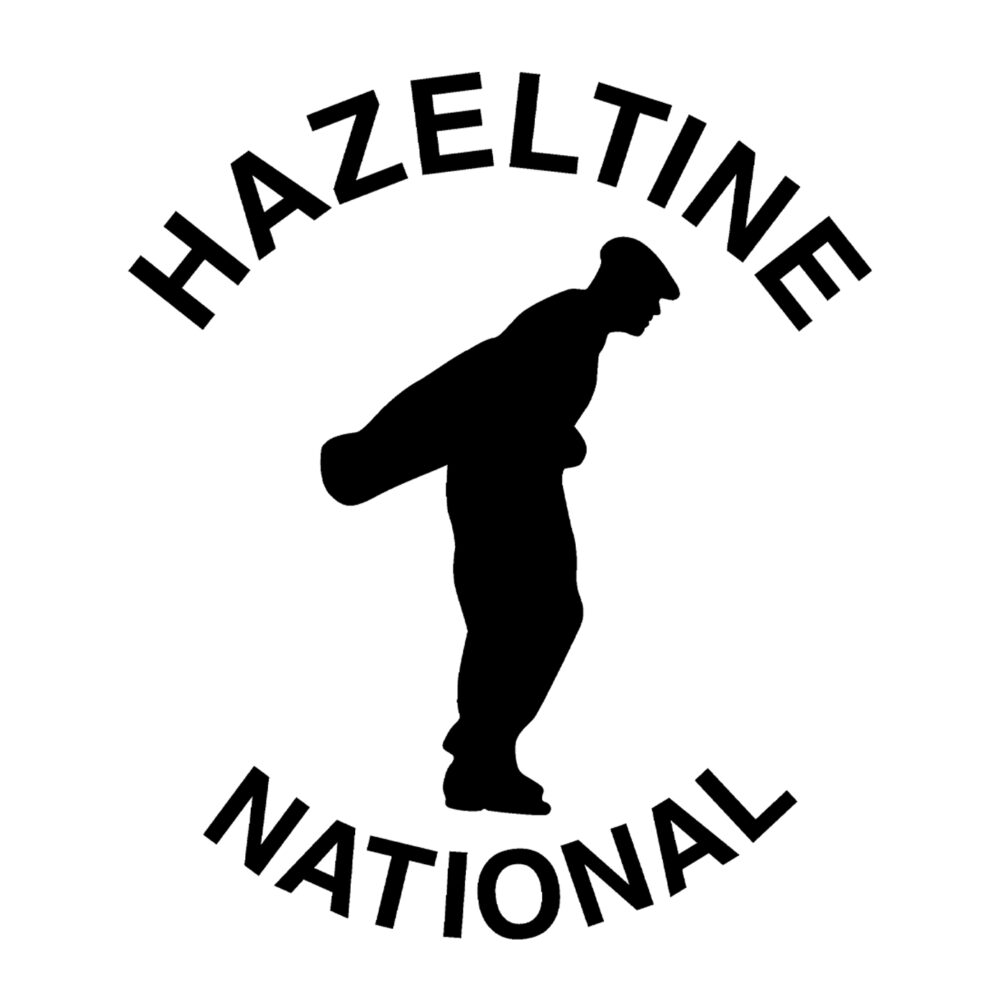

We were able to optimize our hole goal times, based on the data collected. The system has helped us to streamline our operation.

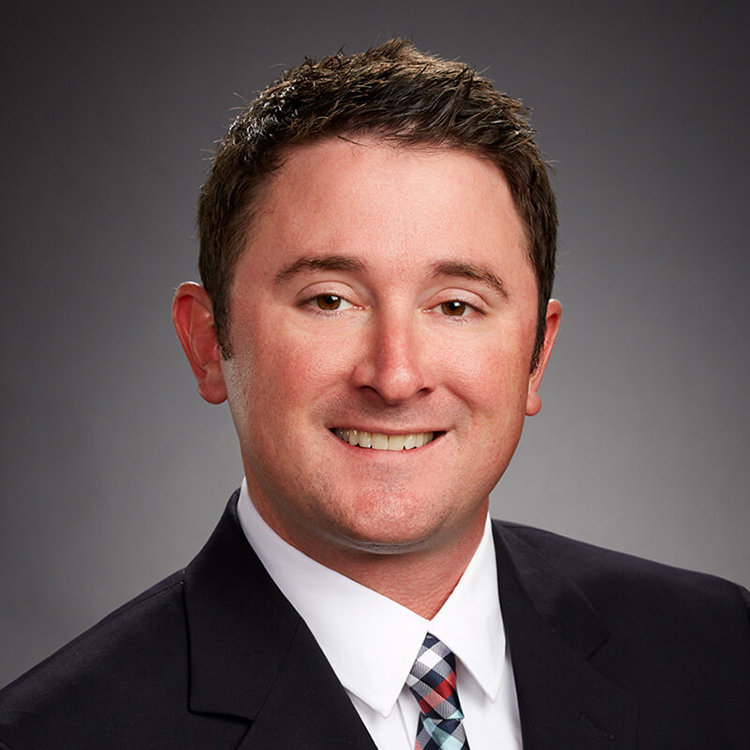

3. Percentage of Rounds on Pace, measured by golf cart GPS systems
While a club may have a decent understanding of their average round time, thanks to the data gathered by golf cart GPS systems, that doesn’t necessarily mean they have a deep understanding of course flow.
In particular, an accurate measurement of how many groups are finishing under or around the goal time requires a deep level of data collection.
This is because, in much the same way that a day’s average temperature masks the highs and lows, a course’s average round time won’t accurately tell you the percentage of groups that are actually finishing on pace.
For example, even though your course might be just a few minutes above the desired average goal time, the data can be skewed by rapid morning rounds. Golf cart GPS systems data might show that most of your rounds are still finishing over pace, thereby adversely impacting the player experience.
It’s only once you have a deeper understanding of your course flow, that you can put plans in place to improve it.
Via Tagmarshal’s Analytics Hub, you will find the percentage of rounds completed that fall into each pace bracket represented with an easy-to-understand, visually appealing graphic in the Pace Distribution section.

Achieving 77% of rounds on pace is outstanding, compared to 31% when we started. We’re getting better with the system, the players are more aware and the data helps us make tweaks for better course flow.

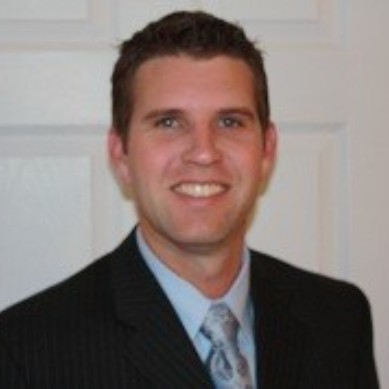


The data we obtained early in the season allowed us to determine how we operate the tee sheet for the best flow on our courses. The analytics provided for us was huge and a real bonus for our pace of play.



4. Using golf cart GPS systems to increase your intervention success
Based on research carried out by the USGA, it’s clear that the player experience is heavily impacted by on-course, pace-based interactions carried out by marshals and player assistants who aren’t using golf cart GPS systems.
Given how these interactions can make or break a round, you want to be sure that they are effective in getting players back into position. If they aren’t, or have a very low success rate, then you are risking an adverse impact on the player experience without sufficient reward.
Using Tagmarshal means you are able to see exactly how successful interventions are, and how long groups usually take before they are back on pace.
It’s extremely labor-intensive, not to mention inaccurate, to manually measure the success rate of interventions. This entails manually logging the time of each intervention, and then following up with that same group later on to see if they have managed to get back into position.
If the data shows that your team’s interventions have a low success rate, this may indicate that extra training is required. It’s also worth considering how you communicate your pace of play policy with your golfers, to encourage bigger buy-in from them both before and during a round.
Encouraging your player assistants to have friendly check-ins with groups, rather than only interacting when there is a problem, is a surefire way to establish a relationship that will drive greater pace compliance.

Tagmarshal is an invaluable tool in accurately assessing the pace of play of individual groups. This information then allows our rangers to target specific groups and show them where they have lost time and offer encouragement to pick up the pace of play. This evidence-based approach has improved overall player experience for everyone and has made our rangers’ jobs easier and more productive.




Data has given us insight and allowed us to have a fact-based pace discussion with golfers, improving their experience.

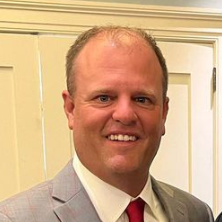
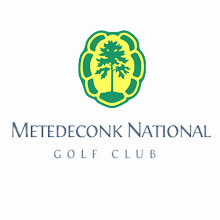
5. Improving Starter Accuracy with golf cart GPS systems
On a course where groups are consistently teeing off late, which is logged and recorded by golf cart GPS systems, there will be a cumulative effect on pace of play throughout the day.
Effective pace management should include tracking of starter accuracy. At the same time, relying on manual, pen-and-paper calculations to track this is both time-consuming and liable to inaccuracies.
In other situations, all that is required may be the installation of clear signage to guide players as soon as they arrive, which also outlines what is expected from them in terms of pace of play.
Tagmarshal automatically records starter accuracy, which is displayed in the Analytics Hub, by measuring the time a group enters the first tee against their starting time on the tee sheet.
With this metric now measured and recorded, you can put in place the steps necessary to drive improvement. These may include additional training for your front-of-house staff and your starters.
By tracking this data – across days, weeks and months – allows you to set goals for your team to aim towards, helping to drive continuous, incremental improvements.

Tagmarshal gives everyone the ability to know exactly what’s going on out on the course, without having to drop everything. It’s been a godsend for me.




With Tagmarshal we can fully understand what is achievable and set goals. Our pace has never been better and our NPS is at 82.


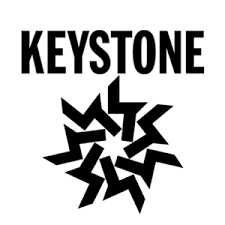
Conclusion
In order to make optimal decisions, you need to understand the nuances that affect your operation.
With comprehensive data sets, you have the building blocks in place to measure and improve across key metrics. Utilizing the insights that the above 5 data sets offer, you will be able to improve your course’s pace and flow of play.
In doing so, you will enhance the player experience and have members and guests who cannot wait to return.
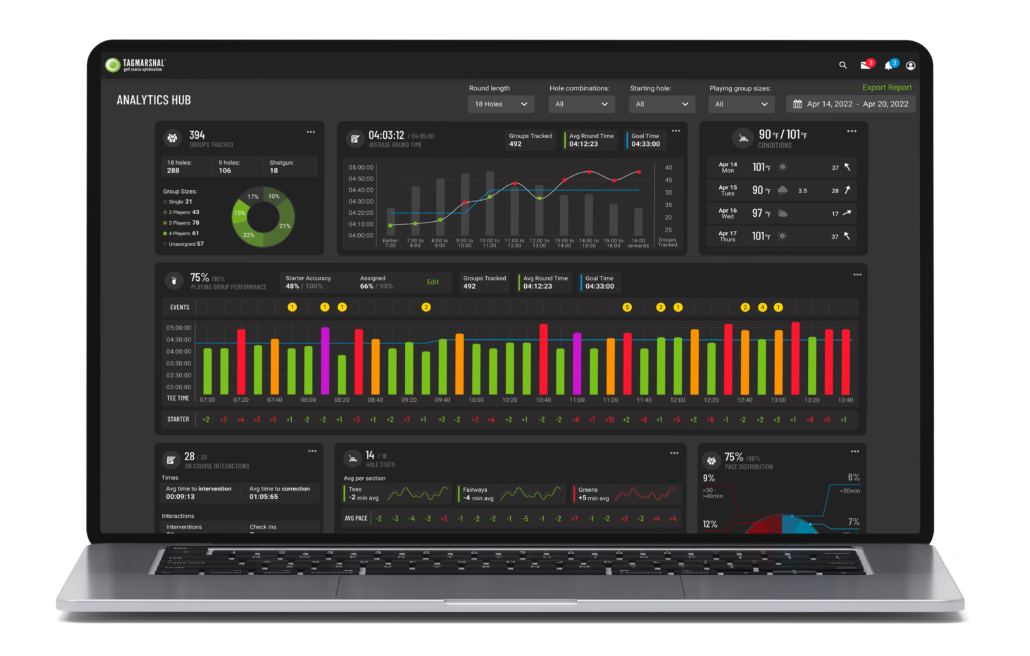
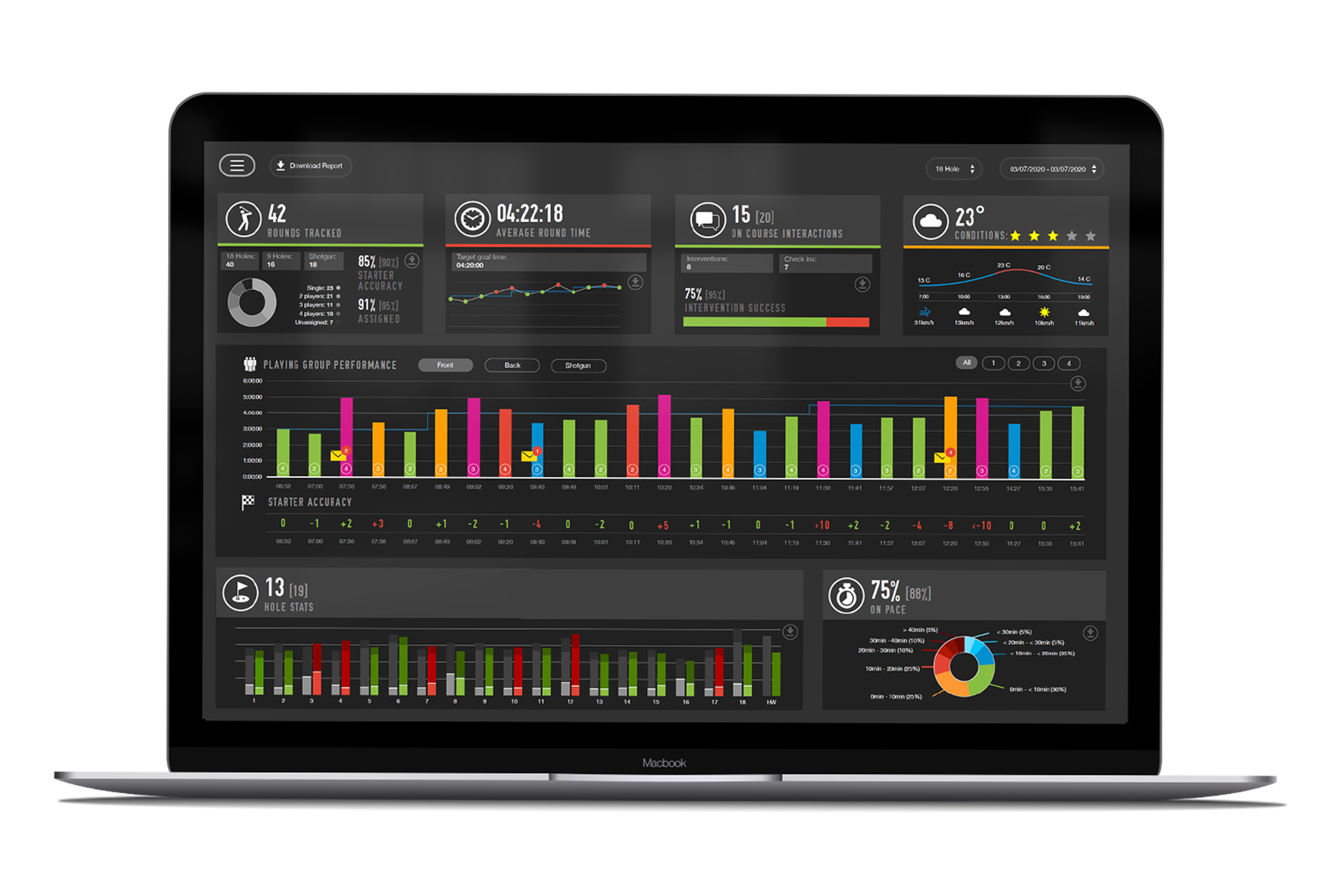
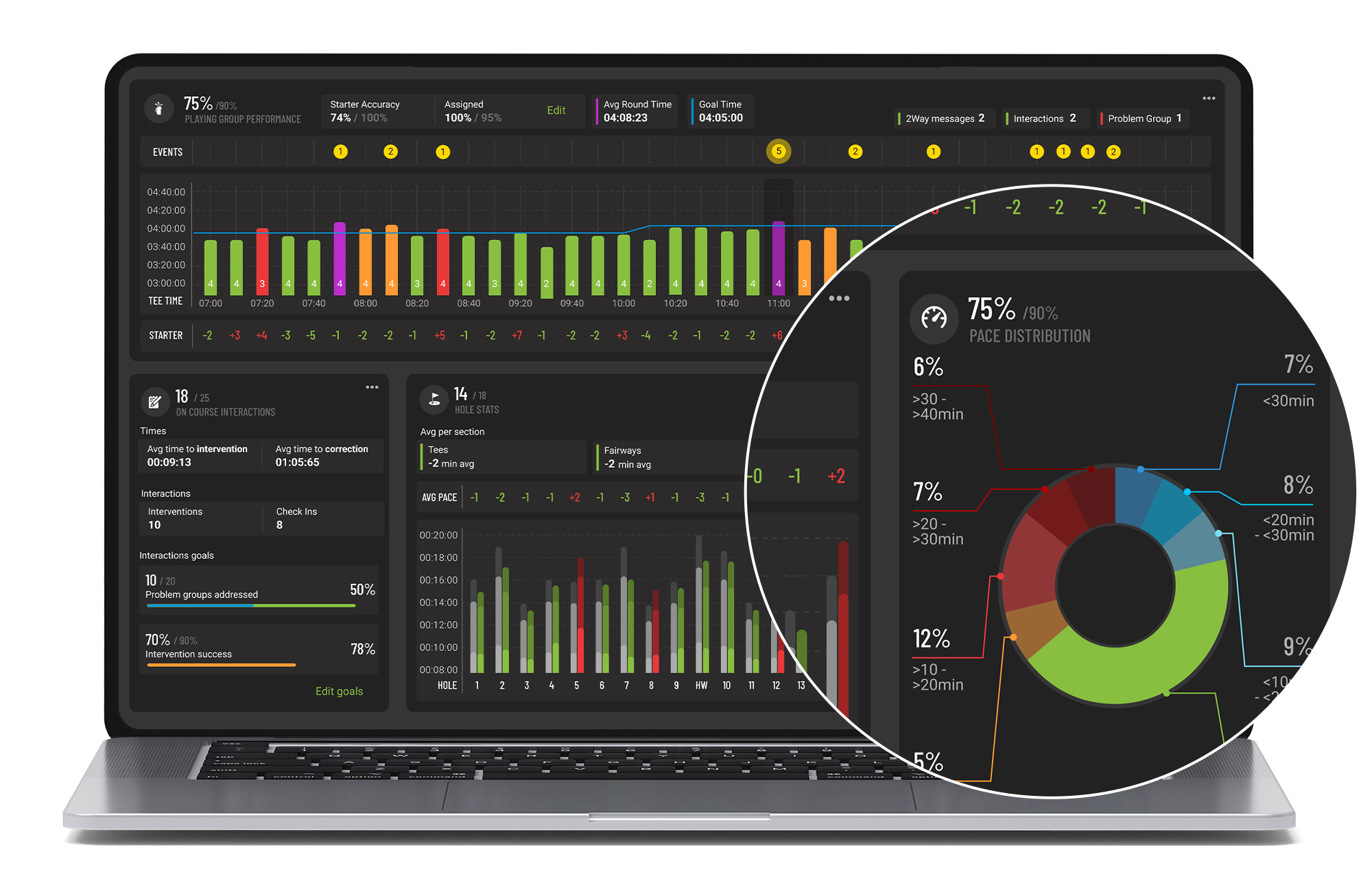
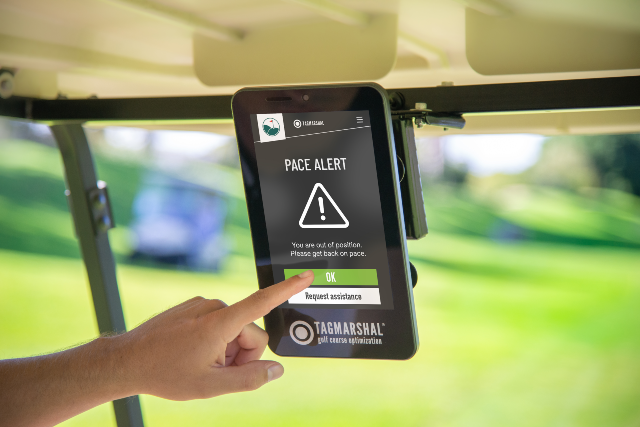
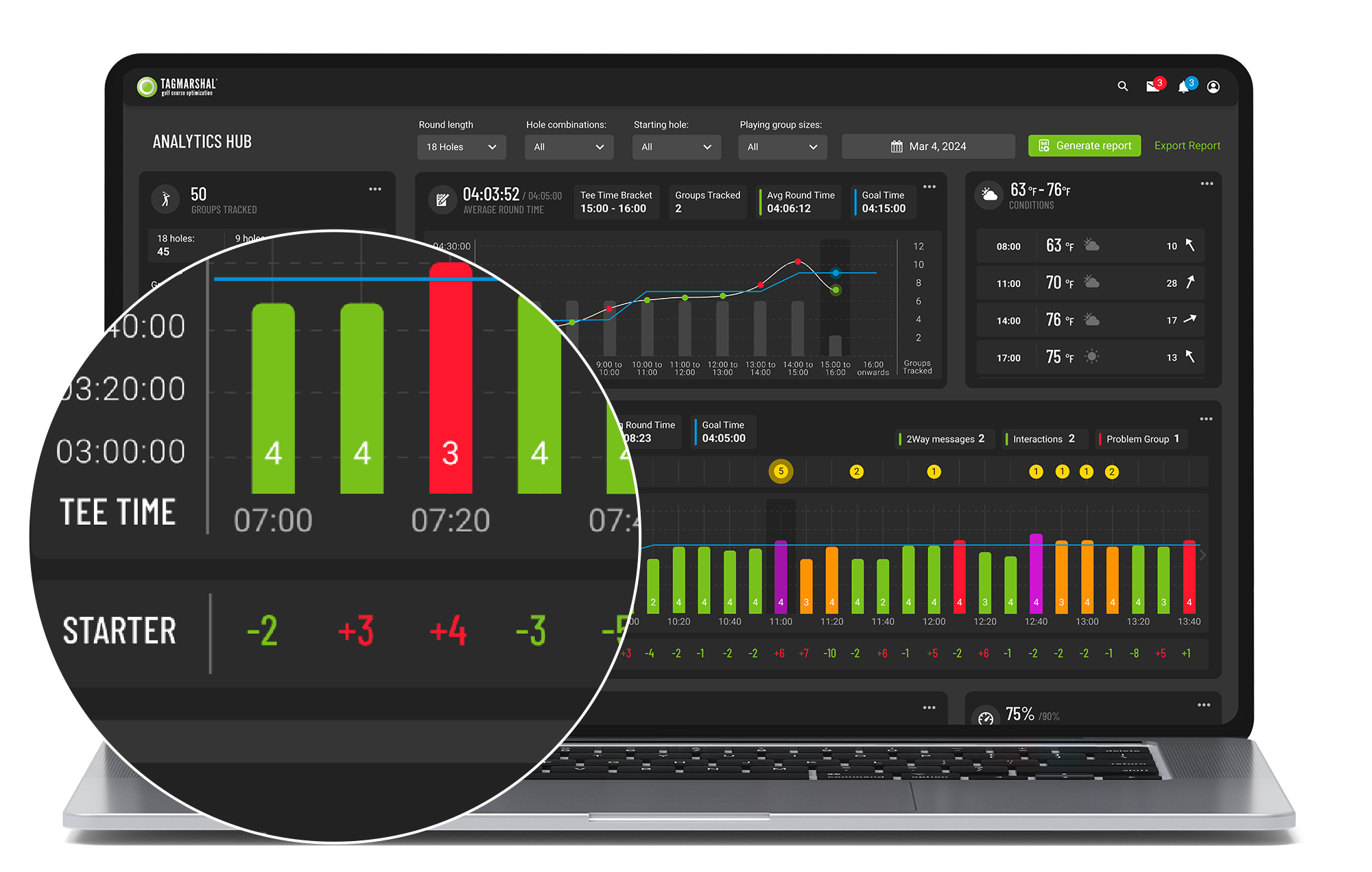
 WATCH DEMO
WATCH DEMO